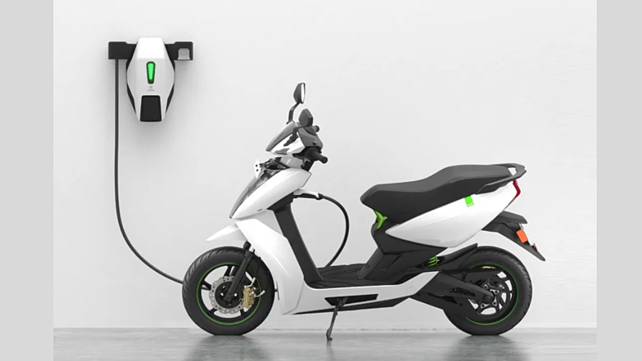
Despite several initiatives taken by the NITI-Aayog (Mission for Transformative Mobility and Battery Storage) and the launch of FAME-2 incentives to stimulate the production and demand for EVs in India, the critical factor lies in the consumer adoption of EVs. Among other things, it also depends upon the easy availability of EV charging infrastructure. Potential buyers must be confident of finding chargers for their vehicles when they are away from home. However, any charging solution to serve this sector must be highly scalable, easily accessible by the public; it should support interoperability and be affordable. Most systems developed across the globe address higher levels of power and are very expensive for widespread deployment.
A notification from the Office of Principal Scientific Advisor to the government of India said the Department of Science and Technology (DST), the Office of the Principal Scientific Advisor (PSA) to the government of India, in close coordination with the NITI Aayog team, had taken on this challenge to introduce low-cost charging solutions.
Accordingly, a committee involving all the key stakeholders, including EV manufacturers, auto and electronic component suppliers, power utilities, and communication service providers, has worked in fast-track mode to develop specifications, prototype products, and undertake testing and validation of the proposed standards. These will be formally issued by the Bureau of Indian Standards (BIS).
The Group had set a target price of less than INR 3,500 ($50) for a smart AC charge point operated with a smartphone for a global breakthrough in affordable EV charging infrastructure. Fast-track development of the standard, close working between industry and government, and diligent testing and validation have met success. This Low-Cost AC Chargepoint (LAC) allows up to 3kW of power to be drawn charging e-Scooters and e-Autorickshaws. The user’s smartphone will communicate with the LAC via low-power Bluetooth and links up to a back-end where transaction payment and analytics are enabled. The user’s smartphone can be used for multiple accounts and payment options.
Several Indian manufacturers are already on board to make this Charge Point Device, as per Indian Standards, with target prices starting as low as INR 3,500. The LAC device is intended to be highly scalable and deployed in any place where a 220V 15A single-phase line is available – mainly targeting parking lots of metro and railway stations, shopping malls, hospitals, office complexes, apartments and even grocery and other shops.
The BIS Committee has taken up the draft Indian Standard on Electromobility Standards. The formal release of the standards will be done within the next two months, after completing field and durability trials of sample products. It is expected that a new industry sector will emerge, catering to the high volume, low-cost charging infrastructure for EVs.
Dr V Sumantran, Chairman, DST-PSAO Group on Charging Infrastructure, said, “When industry and government entities come together to work on national goals, remarkable progress can be achieved with speed. Furthermore, this effort brought out the talent in India for intelligent cost-innovation. Affordability constraints in India demand that we address problems keeping in mind both cost and scalability.”
Dr Rajiv Kumar, Vice Chairman, NITI Aayog, said, “The emphasis on charging points rather than costly charging stations has led to the accelerated efforts by the team for developing the LAC charging standard for the light electric vehicles segment, as the next logical step.”
At present, the share of Internal Combustion Engine (ICE) two/three-wheelers is around 84% of total vehicle sales in the country. Therefore, the fastest adoption of EVs is expected to be in two-wheelers and three-wheelers. By 2025, forecasts predict up to four million such vehicles could be sold each year, growing to almost ten million by 2030. LAC will support the objectives of India’s Transformative Mobility programme for promoting EVs- to reduce carbon emissions, improve air quality and reduce the dependence on the import of crude oil.
NB: Featured photo is representational; courtesy: Ather.